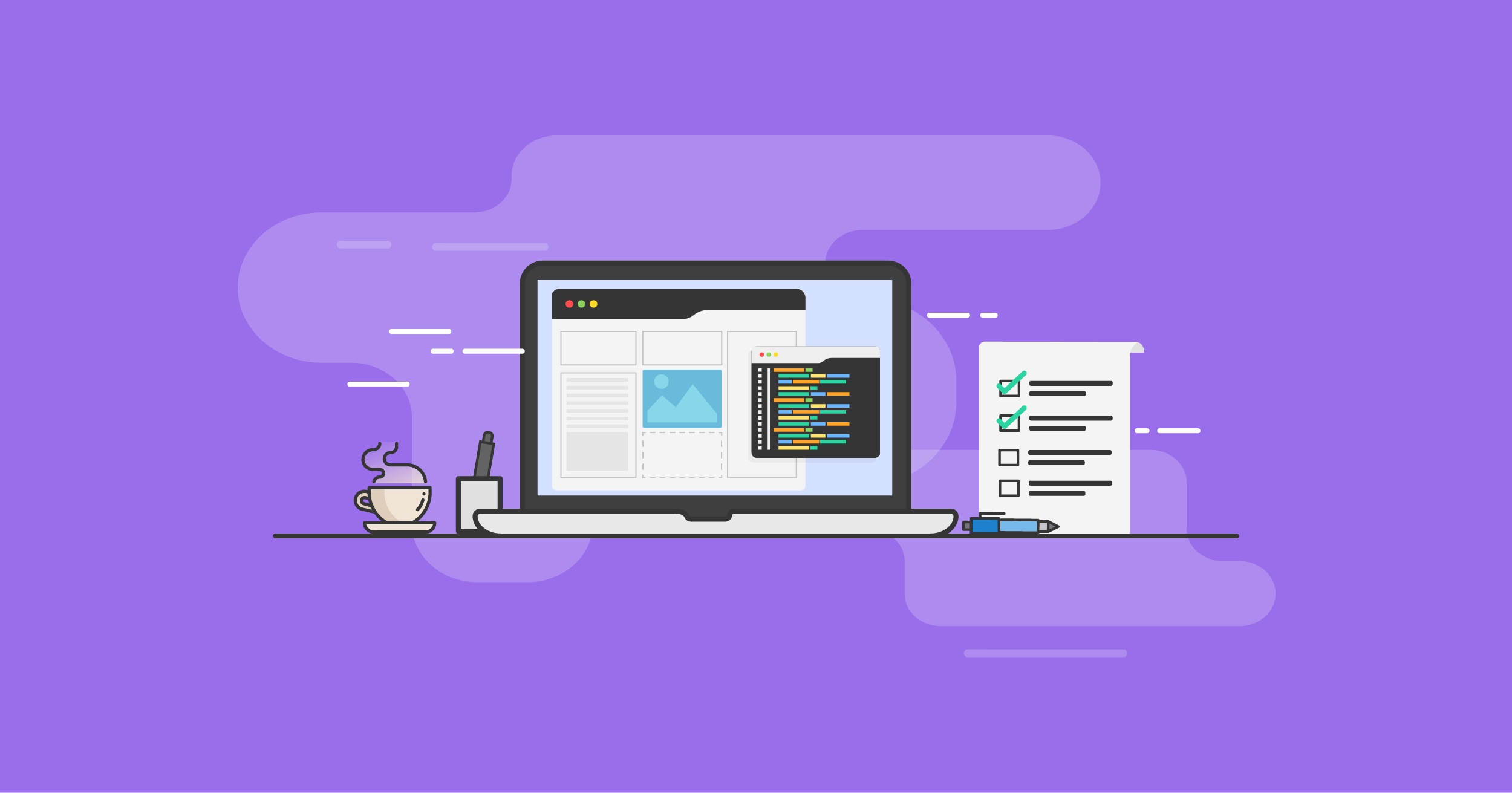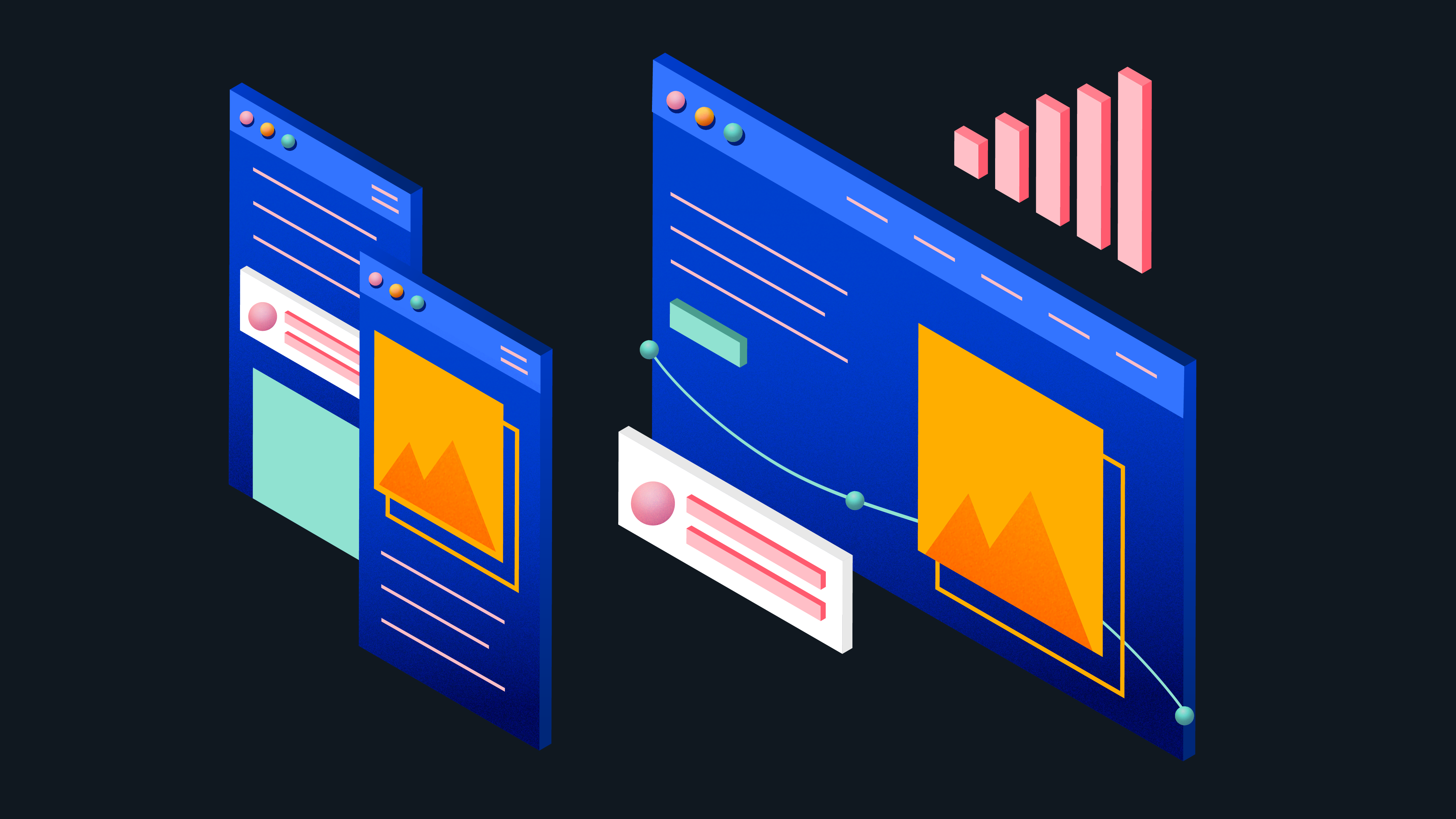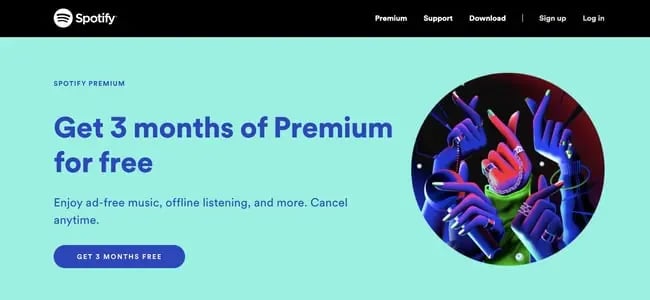Empower Your Brand with Expert Web Design Services
Wiki Article
Explore the Different Kinds Of Internet Style Solutions for Your One-of-a-kind Demands
From receptive internet design that adapts to various tools, to e-commerce web style that drives on-line sales, to customer experience (UX) design that improves client contentment, to customized web style that brings your vision to life-- the opportunities are countless. Whether you're a small company owner looking to establish an on the internet visibility or a business owner intending to change the mobile app world, this discussion will shed light on the different types of web design services available, helping you make an informed decision that aligns with your goals.Receptive Internet Style
Receptive website design is a vital facet of modern-day internet advancement that makes sure web sites adjust and show perfectly across different tools and display dimensions. With the boosting use smartphones, tablets, and various other mobile phones, it has actually become important for websites to be available and user-friendly on any type of screen.Receptive internet design uses a mix of versatile grids, layouts, photos, and CSS media inquiries to achieve this flexibility. It enables the website to instantly change its layout and web content based on the tool's screen dimension, positioning, and resolution (web design agency). This suggests that users can access the internet site on their desktop computer systems, laptops, tablet computers, or smartphones without running into any concerns or having to zoom in or bent on view the material effectively

E-commerce Website Design

With the enhancing need for on the internet buying, businesses are currently concentrating on e-commerce internet style to create user-friendly and aesthetically attractive internet sites that drive sales and improve the customer purchasing experience. Ecommerce website design includes various facets such as layout, navigating, product display screen, and checkout procedure optimization. These elements are critical for drawing in and retaining clients, as well as boosting conversion prices.
An efficient shopping web style begins with a well-organized format that allows individuals to conveniently find the services or products they are looking for. Clear and user-friendly navigating food selections, search bars, and filtering system alternatives are important for a smooth browsing experience. Furthermore, the item screen should display high-quality images, detailed summaries, and consumer reviews to develop trust fund and self-confidence in the product.
Moreover, the check out procedure need to be optimized for simplicity and benefit. A safe and secure and streamlined payment gateway, along with several repayment choices, makes sure a smooth purchase for the consumer. In addition, including attributes such as visitor check out, order monitoring, and individualized referrals can boost the general buying experience.
Individual Experience (UX) Style
User Experience (UX) Design plays an important function in producing easy to use and appealing sites that prioritize the needs and choices of the target market. When communicating with a site or app, it entails making and enhancing the overall experience that users have. UX developers intend to enhance user satisfaction by boosting the functionality, accessibility, and performance of the web site.

UX developers concentrate on producing instinctive navigating, succinct and clear material, and visually appealing interfaces. They guarantee that the web site is very easy to browse and recognize, making sure a smooth and satisfying user experience.
Along with boosting use, UX style likewise considers the emotional facet of individual experience. Designers aim to stimulate positive emotions via visual elements, such as shades, typography, and images, which add to the general customer contentment.
Custom Internet Style
Customized website design includes creating custom-made and special sites that are specifically created to meet the specific requirements and requirements of a service or organization. Unlike pre-designed layouts or generic internet site styles, custom internet layout uses a personalized strategy that reflects the brand name identification, values, and objectives of the client.With custom-made web style, every facet of the site is meticulously crafted to align with the client's goals. This consists of the design, color design, typography, images, and general customer experience. The design procedure starts with a comprehensive understanding of the customer's business and target audience, enabling the internet developer to develop a site that properly communicates the client's message and engages individuals.
Among the vital advantages of customized website design is its adaptability. As the internet site is built from scratch, the web designer has total control over its performance and attributes. This makes it possible for the assimilation of any desired customizations, such as e-commerce functionality, material administration systems, or interactive aspects.
Furthermore, custom-made internet style makes sure that the web site is enhanced for online search engine, making it a lot more noticeable to prospective clients. By executing SEO best techniques, such as correct keyword positioning and meta tags, the web site can accomplish higher positions in internet search engine outcomes.
Mobile App Design
Mobile application layout includes producing visually appealing and straightforward user interfaces for applications that are particularly designed for smart phones. With the raising popularity of smartphones and tablet computers, mobile application style has come to be a vital aspect of electronic product growth.
Visual appeal is also vital in mobile app design. Making use of colors, typography, and imagery can produce a visually pleasing interface that captures the user's attention and enhances their overall experience. In addition, including brand name aspects and preserving consistency with the organization's visual identification can aid develop a strong brand visibility within the application.
Mobile application design also entails taking into consideration numerous technical aspects, such as device responsiveness, compatibility, and performance optimization - website design company. It is vital to guarantee that the application pop over to this web-site works perfectly throughout various devices and running systems, offering a consistent experience to all customers
Final Thought
Responsive web style makes sure a smooth experience throughout various tools, while shopping internet design focuses on creating online shopping platforms. Customized web style provides tailored options to satisfy certain demands, while mobile application style concentrates on producing easy to use mobile applications.
From responsive web design that adapts to different tools, to shopping internet style that drives on the internet sales, to individual experience (UX) style that improves customer satisfaction, to custom web layout that brings your vision to life-- the opportunities are limitless.An efficient e-commerce web layout begins with a well-organized layout that permits individuals to quickly locate the products or solutions they are looking for. The layout process starts with a detailed understanding of the customer's organization and target audience, enabling the web developer to establish a web site that efficiently communicates the customer's message and engages individuals.
Responsive internet style ensures a seamless experience across different tools, while ecommerce web layout focuses on developing on the internet shopping platforms. Customized internet style supplies tailored solutions to satisfy specific demands, while mobile app style concentrates on producing user-friendly mobile applications.
Report this wiki page